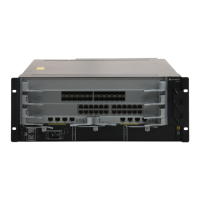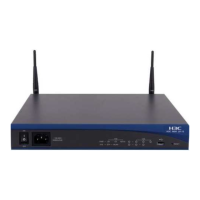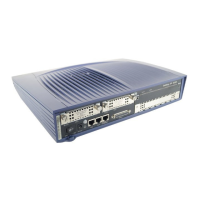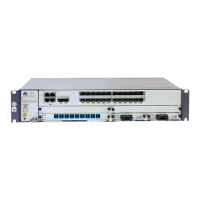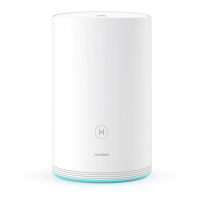Command Manual - Security
Quidway S6500 Series Ethernet Switches Chapter 2 AAA Configuration Commands
Huawei Technologies Proprietary
2-40
By default, the newly created RADIUS scheme supports the server of standard type,
while the "system" RADIUS scheme created by the system supports the server of
huawei type.
Quidway Series Ethernet Switches support standard RADIUS protocol and the
extended RADIUS service platform developed by Huawei Technologies.
For the related command, see radius scheme.
Example
# Set RADIUS server type of RADIUS scheme, “huawei” to huawei.
[Quidway-radius-huawei] server-type huawei
2.2.23 state
Syntax
state { primary | secondary } { accounting | authentication } { block | active }
View
RADIUS scheme view
Parameter
primary: Configures to set the state of the primary RADIUS server.
secondary: Configures to set the state of the second RADIUS server.
accounting: Configures to set the state of RADIUS accounting server.
authentication: Configures to set the state of RADIUS authentication/authorization.
block: Configures the RADIUS server to be in the state of block.
active: Configures the RADIUS server to be active, namely the normal operation state.
Description
Using state command, you can configure the state of RADIUS server.
By default, all the RADIUS servers in every RADIUS scheme are in the state of block.
For the primary and second servers (no matter an authentication/authorization or an
accounting server), if the primary server is disconnected to NAS for some fault, NAS
will automatically turn to exchange packets with the second server. However, after the
primary one recovers, NAS will not resume the communication with it at once, instead,
it continues communicating with the second one. When the second one fails to
communicate, NAS will turn to the primary one again. This command is used to set the
primary server to be active manually, in order that NAS can communicate with it right
after the troubleshooting.
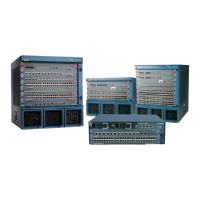
